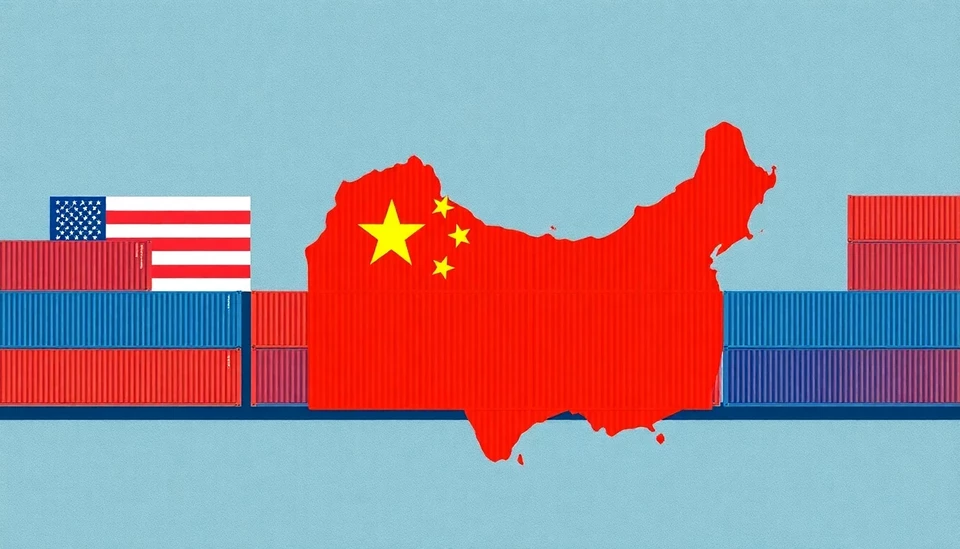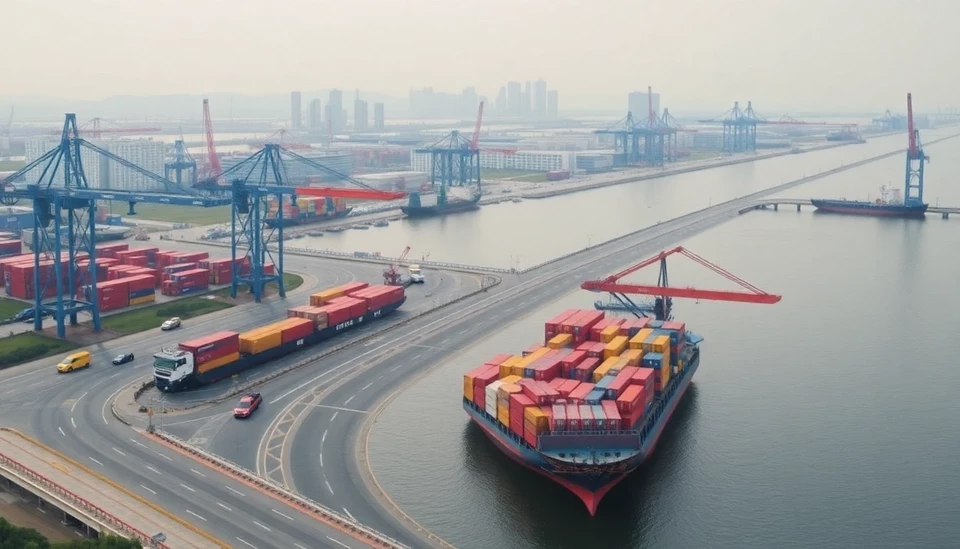
As global supply chains continue to face unprecedented challenges, China’s calculated responses to the ongoing trade war with the United States are becoming increasingly consequential. This development is not just about tariffs and import quotas; it reflects a deeper struggle for economic influence that is reshaping international relations and business strategies.
The latest round in the U.S.-China trade conflict highlights China's growing leverage over critical supply chains, particularly in technology and manufacturing sectors. Recent data indicates that China has managed to strengthen its position despite initial setbacks following the imposition of tariffs and trade barriers by the U.S. This shift is attributed to a diverse range of factors, including China's vast production capabilities and its role as a central hub for the semiconductor industry.
Industry analysts emphasize that as companies navigate the complexities of sourcing materials and components amid fluctuating trade policies, China's ability to offer alternatives or even fill gaps in the market positions it as an invaluable player. This evolving landscape has ignited a renewed urgency among U.S. lawmakers and businesses to reconsider their supply chain strategies, with some calling for decoupling from China and others advocating for stronger partnerships to mitigate risk.
Moreover, China's engagement in high-tech sectors like electric vehicles and artificial intelligence not only propels its own economy but also enhances its bargaining power with the U.S. The implications of these dynamics extend beyond bilateral trade; they signal a broader geopolitical confrontation where supply chain resilience could dictate the economic future of both nations.
In response to these pressures, American companies are increasingly embedding flexibility into their supply chains. They are investing in alternative suppliers from countries such as Vietnam, India, and Mexico. This diversification strategy, while promising, is also laden with its own set of challenges, including the complexities of logistics and compatibility of product standards.
As we observe the impact of these strategies unfurl, experts caution that the long-term consequences of the trade war could redefine global supply chains, potentially leading to a fragmented landscape characterized by regional blocs rather than a seamless global market. The overwhelming focus on reducing dependence on China may also open discussions around building greater domestic manufacturing capabilities, although this transition will not happen overnight.
In the face of these transitions, it remains clear that China’s influence in global supply chains will continue to be a pivotal factor in the U.S.-China trade relationship. As businesses adapt to new realities and the geopolitical climate evolves, the implications of these developments will shape the future of trade for years to come.
With legislative efforts and corporate strategies increasingly geared toward navigating these challenges, stakeholders on both sides of the Pacific are left to ponder what the next phase of this complex economic rivalry will entail.
Stay tuned as we continue to monitor these developments, which hold significant implications for the global economy.
#ChinaTrade #SupplyChainManagement #USTradeWar #EconomicInfluence #GlobalEconomy #Semiconductors #Manufacturing #TradeRelations #SupplyChainChallenges
Author: Laura Mitchell




